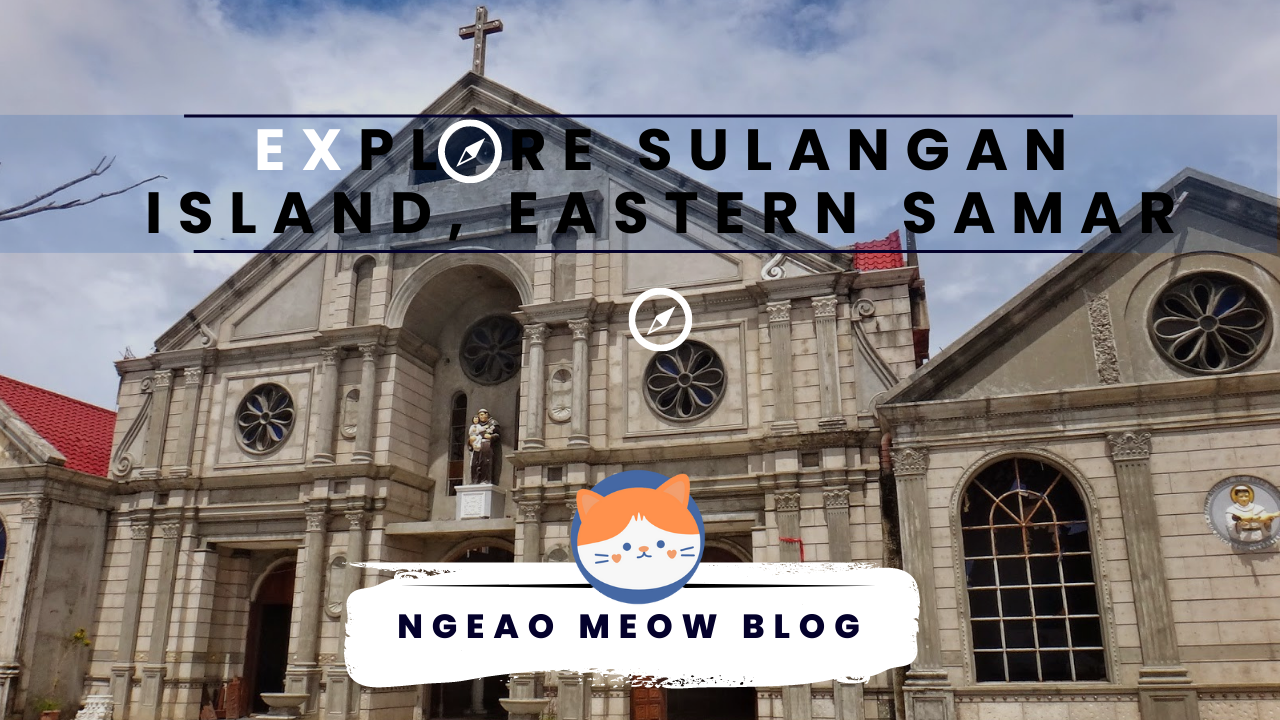
Sulangan Island is a small island located in the municipality of Guiuan in Eastern Samar, Philippines. The island has a population of around 1,500 people, and it is known for its beautiful beaches and coral reefs, which attract tourists from around the world.
Unfortunately, the island was severely affected by Typhoon Haiyan in 2013, which caused significant damage to infrastructure and homes. Recovery efforts have been ongoing since then, but the island is still vulnerable to natural disasters and climate change.
Sulangan Island History
Sulangan Island, located in the municipality of Guiuan, Eastern Samar, Philippines, has a rich history dating back to pre-colonial times. The island was originally inhabited by the Sulanganons, an indigenous group who were skilled in fishing, boat-building, and weaving. The Sulanganons lived in harmony with the sea and the land, and their culture and traditions revolved around these natural resources.
In the 16th century, the island was visited by Spanish explorers, who named it Isla de Sulangan. The Spanish introduced Christianity to the island, and a church was built in the town center, which still stands today. During the American colonial period, Sulangan Island became part of the province of Samar, and it remained a small fishing village until the 1960s, when coconut plantations were established on the island.
In the 1980s, tourism started to develop on Sulangan Island, as visitors discovered its pristine beaches and coral reefs. The island’s economy shifted from agriculture to tourism, and hotels, restaurants, and other tourist-related businesses were established.
In 2013, Sulangan Island was severely affected by Typhoon Haiyan, which caused widespread damage and loss of life. Recovery efforts have been ongoing since then, and the island is slowly rebuilding its infrastructure and economy. Today, Sulangan Island remains a popular destination for tourists, who come to enjoy its natural beauty and learn about its rich history and culture.
What Are The Native Delicacies Sulangan Island?
Here are some of the native delicacies you can try when visiting Sulangan Island:
- Kinilaw – Kinilaw is a popular Filipino dish made of raw fish marinated in vinegar or calamansi juice, onions, ginger, and chili peppers.
- Adobong pusit – Adobong pusit is a savory dish made of squid cooked in soy sauce, vinegar, and garlic.
- Ginataang tulingan – Ginataang tulingan is a dish made of fish (tulingan) cooked in coconut milk and spices.
- Binagol – Binagol is a sweet dessert made of grated taro, coconut milk, sugar, and peanut butter, wrapped in banana leaves and baked.
- Suman – Suman is a popular Filipino rice cake made of glutinous rice wrapped in banana leaves.
- Budbud kabog – Budbud kabog is a type of rice cake made of millet (kabog), coconut milk, and sugar, wrapped in banana leaves.
- Kakanin – Kakanin is a general term for various Filipino rice cakes, which are usually made of glutinous rice, coconut milk, and sugar, and often flavored with pandan leaves.
Ways To Get There
To travel to Sulangan Island in Eastern Samar, you can follow these steps:
- Fly to Tacloban City: The nearest airport to Sulangan Island is Daniel Z. Romualdez Airport in Tacloban City, Leyte. Several airlines operate flights to Tacloban from Manila and Cebu.
- Take a van or bus to Guiuan: From Tacloban City, you can take a van or bus to Guiuan, Eastern Samar. Travel time is around 3-4 hours, depending on the traffic and road conditions. Guiuan is the jump-off point to Sulangan Island.
- Hire a boat to Sulangan Island: From Guiuan, you can hire a boat to take you to Sulangan Island. The boat ride takes around 30-45 minutes, depending on the sea conditions. You can negotiate the price with the boatman or ask for assistance from the tourism office in Guiuan.
- Enjoy your stay in Sulangan Island: Once you arrive in Sulangan Island, you can explore its beaches, lagoons, and other attractions. You can also stay in one of the homestays or resorts in the island. Don’t forget to try the local seafood and delicacies.

